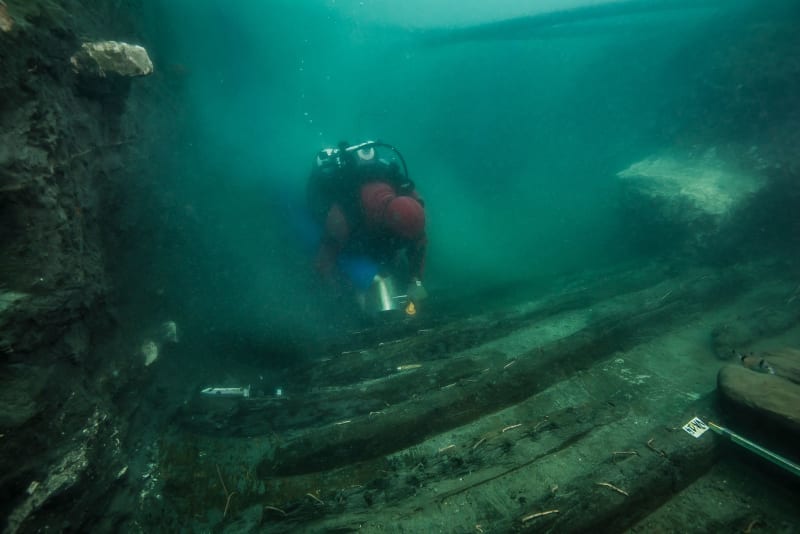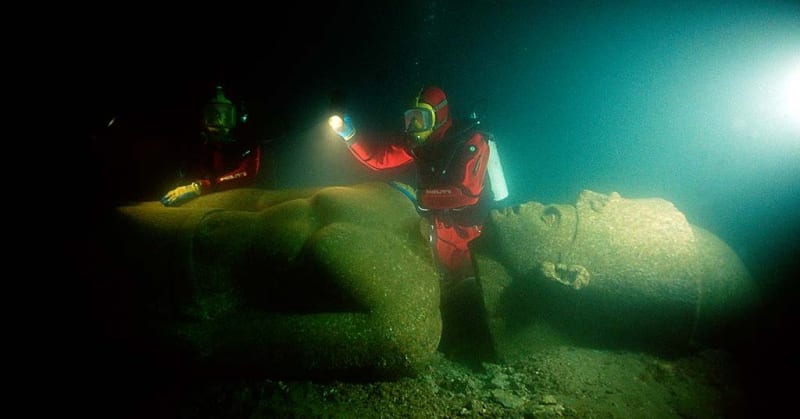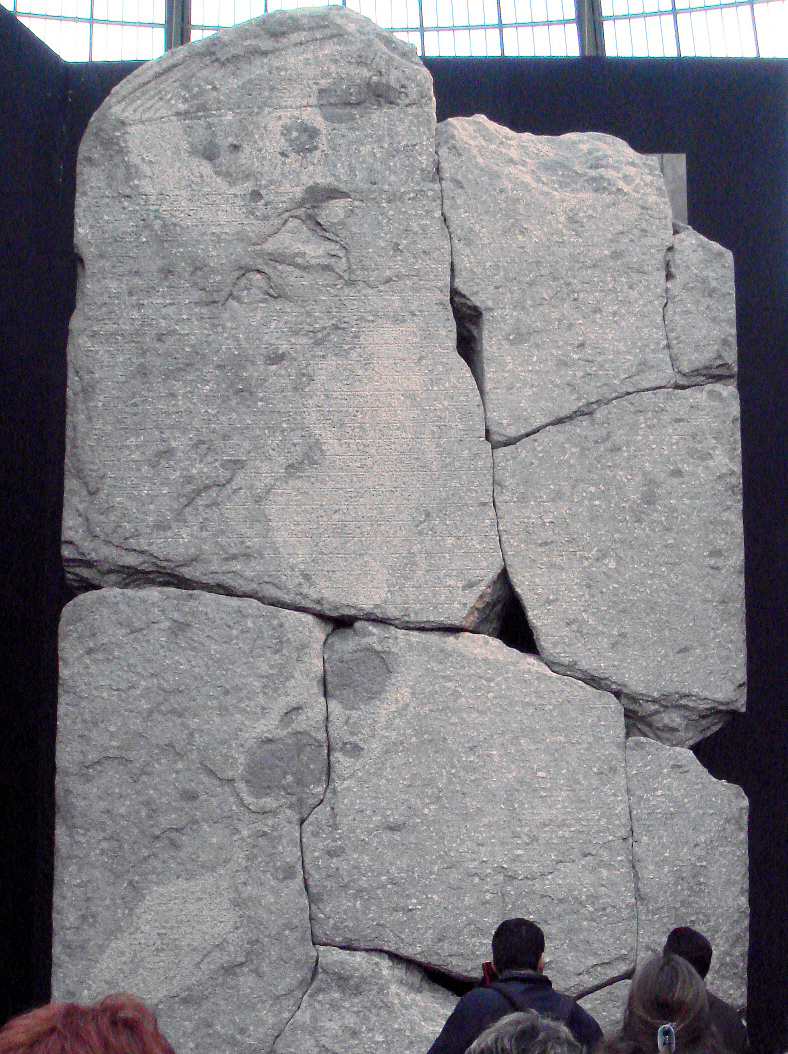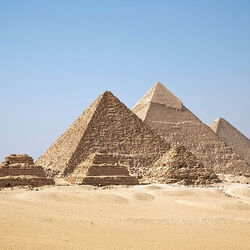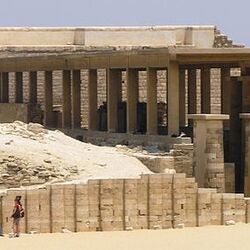Heracleion
Heraklion is an ancient city in Egypt that was flooded as a result of the Nile flood. It was founded in the 7th century BC and was one of the most important cities in ancient Egypt. Heraklion was a center of commerce and culture, and its history dates back over 2,000 years. The city is also called Tonis, Fonida.
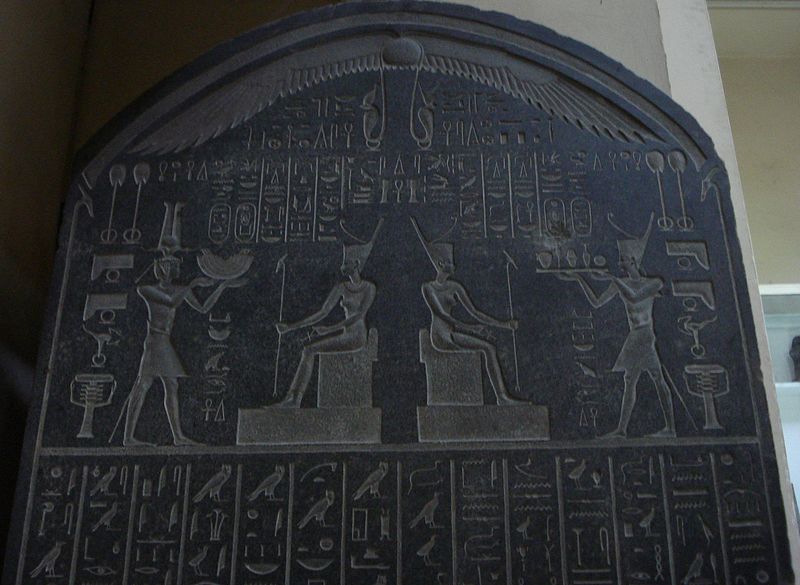
The history of Heraklion
According to the Greek history of Diodorus Siculus, Heraklion was named after its founder, Hercules. According to Herodotus, Paris and Helen the Beautiful came to the city because their ship was lost during a storm. King Ton, upon learning of Elena's abduction, sent them, along with servants and treasures, to Memphis. According to the historian Strabo, the city of Fonida is named after King Ton. Heraklion was located on the west bank of the Nile, near the modern city of Cairo. The city was built on a high bank to protect it from floods. It was surrounded by walls and had many temples, palaces and other buildings.
One of the most famous buildings in Heraklion was the temple of the god Amun. This temple was one of the most important religious centers in ancient Egypt and was dedicated to the god Amun, the god of the sun and creation. The temple was built in the 15th century BC and was decorated with many sculptures and murals.
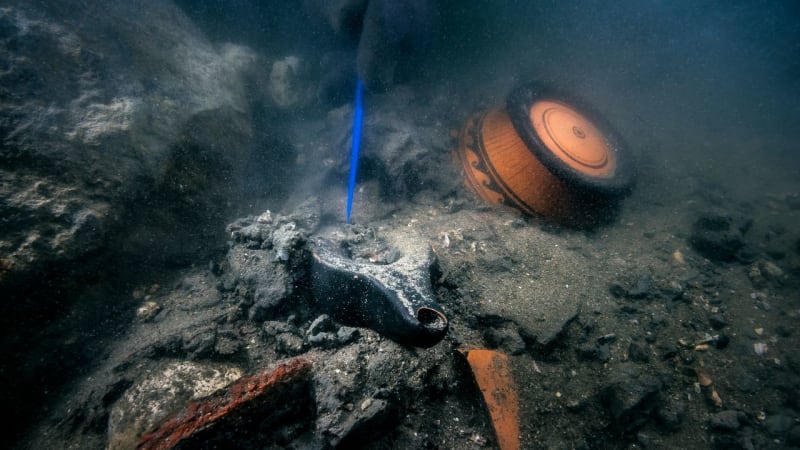
Heraklion was also a trade center. The city was located on a major trade highway that connected Egypt with other countries. There were many markets in Heraklion where various goods such as silk, spices, gold and silver were sold. However, in the 4th century AD, the Nile overflowed its banks and flooded Heraklion. The city was completely flooded and left at the bottom of the Nile. For many years, Heraklion was forgotten and its location was unknown.
In 2000, archaeologists discovered the ruins of Heraklion at the bottom of the Nile. They found many artifacts such as sculptures, statues, jewelry and other items that were stored in flooded buildings. These artifacts have helped scientists learn more about the life and culture of ancient Egypt.
Artefacts in Heraklion
The port was badly damaged. To this day, items of commercial life are found buried in silt, as well as the wrecks of several ships of various designs. Excavations in 2021, carried out by scientists from France and Egypt, have brought more finds of historical value. Parts of the ship and the remains of a Greek cemetery were found. Under a five-meter layer of clay, ruins of a temple and parts of a ship were found, complete with long flat boards and other fasteners, indicating that the ship is an example of Egyptian shipbuilding with antique classical additions. The ship was built taking into account local traditions, equipped with a large sail, and was not intended for sea travel, but only walking on the Nile. The wood used for its construction was of a secondary nature.
The remains of an ancient cemetery were found in another part of Heraklion, on a hill. Greek merchants who inhabited Heraklion imported goods through an arm of the Nile, near the temple of Amon. The remains of ships, objects and parts of the temple were found, mixed up during the earthquake and tsunami. The wreckage is still being found, scattered and covered with silt. Bottom profiling equipment is used for archaeological excavations. The granite columns of the temple, located in one direction, indicate that they fell in one direction rapidly, under the influence of great force.: the flow of water caused by an earthquake. The ruins of the city are located nearby: three kilometers from Alexandria, in the bay of Aboukir, at a depth of about ten meters.
The death of Heraklion
French scientists have found a granite slab with the inscription of the city, coins, valuables, the remains of ten ships in the harbor, vases, thousands of objects abandoned during the earthquake and tsunami. Most of the people died. Some managed to escape by abandoning all their possessions and valuables. Scientists are surprised by the fact that the chronicles indicate many events affecting earthquakes and various natural disasters, but the death of Heraklion is not mentioned. Apparently, this happened due to an underwater earthquake that came underwater. It could have been caused by the seismic instability of the island of Crete. Many scientists believe that the earthquake could have been caused by the flooding of the Nile River. Not far from Heraklion, archaeologists discovered a displacement of an arm of the Nile River, which could have occurred only under the influence of man-made disasters. The city was dying gradually.
The remains of thick stone walls indicate the boundary of the territory of the Heraklion temple complex. Near the destroyed walls, archaeologists found three 5-meter-high statues made of pink granite, which were supposedly toppled during the earthquake. Two statues depict a hitherto unknown Pharaoh and his wife. The third statue is Hapi, the god of the annual floods of the Nile.
Heraklion is a popular tourist destination today. Tourists can visit the museum, which houses artifacts found in flooded buildings. They can also visit the ruins of Heraklion and see the remaining buildings and walls.
